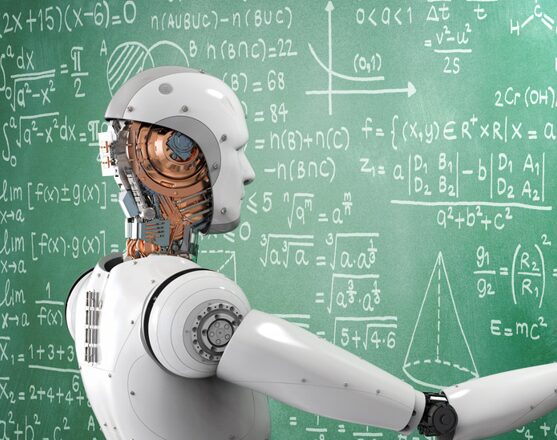Share Share Share Share Email Robots are cool. Many kids love them. But did you know that robots can help students learn? Robotics programs in schools can open doors to exciting careers.
These programs make learning fun and interesting . What is Robotics in Education? Robotics in education means using robots to teach. Students learn how robots work.

They learn to build and program robots. This helps them understand science, technology, engineering, and math (STEM). Why is Robotics Important for High School Students? Robotics is important for many reasons.
It helps students learn new skills. It makes difficult subjects easier to understand. Here are some key reasons why robotics is important: Hands-on Learning: Students learn by doing.
They build and program robots. This makes learning fun. Problem-Solving Skills: Robotics teaches students to solve problems.
They learn to think critically. Teamwork: Students often work in teams. They learn to work together.
Creativity: Building robots lets students be creative. They can design and make their own robots. Benefits of Robotics Programs in Schools There are many benefits of having robotics programs in schools.
Let’s look at some of them: Benefit Description Engagement Students are more engaged in learning. Robots make lessons interesting. Real-World Skills Students learn skills they can use in the real world.
This includes coding and engineering. Career Awareness Students learn about STEM careers. They see how fun and rewarding these careers can be.
Confidence Building and programming robots boosts students’ confidence. They feel proud of their work. How Robotics Programs Can Lead to Exciting STEM Careers Robotics programs can lead to many exciting careers.
Here are some examples: Software Developer Software developers write the code that makes robots work. They create programs that control the robots. Mechanical Engineer Mechanical engineers design and build robots.
They make sure the robots can move and do tasks . Electrical Engineer Electrical engineers work on the electronics of robots. They make sure the robots have power and can communicate.
Robotics Technician Robotics technicians fix and maintain robots. They make sure the robots are working correctly.This helps them understand science, technology, engineering, and math (STEM).
Getting Started with Robotics in Your School Want to start a robotics program in your school? Here are some steps you can take: Find a Mentor: Look for a teacher or expert who can help. They can guide you in setting up the program. Get Funding: Robotics programs can cost money.
Look for grants or sponsors to help pay for equipment. Choose a Robotics Kit: There are many kits available. Choose one that fits your budget and needs.
Start Small: Begin with simple projects. As students learn, they can take on more complex tasks. Join Competitions: Competitions can be a great way to motivate students.
Look for local or national robotics competitions. Conclusion Robotics in education is an exciting field. It opens doors to many STEM careers.
Students learn valuable skills. They have fun while learning. If you are a high school student, consider joining a robotics program.
It could be the start of an exciting career. Related Items: career paths , Education Share Share Share Share Email Recommended for you The Future of Robotics in STEM Education Education for Everyone: Abbas Saeedi’s Vision for Learning Beyond the Buzzwords: How Dilara Rustamzada Is Leading the Next Era of AI-Powered Transformation in Education Comments.
Technology

Robotics in Education: Unlocking STEM Career Paths

Robots are cool. Many kids love them. But did you know that robots can help students learn? Robotics programs in schools can open doors to exciting careers. These programs make learning fun and interesting. What is Robotics in Education? Robotics in education means using robots to teach. Students learn how robots work. They learn to [...]The post Robotics in Education: Unlocking STEM Career Paths appeared first on TechBullion.















